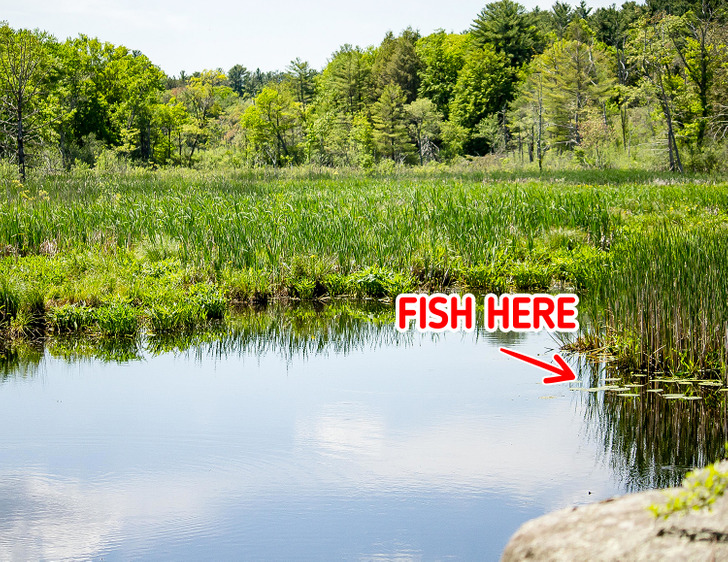How to Fish
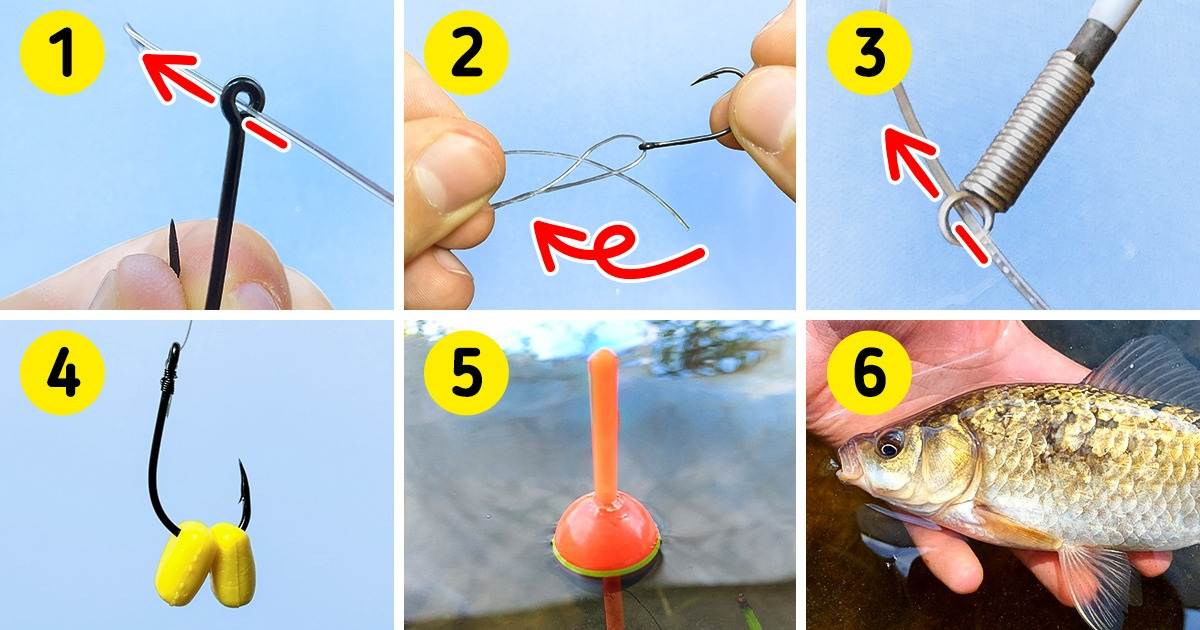
Fishing has become one of the most popular sports. It’s a good time spent outdoors. Also, it can be a fun family activity. But if you’re just starting out in the water, it seems overwhelming since there is so much info out there.
5-Minute Crafts will show you, step by step, how to fish.
Note: In most countries, you need a fishing license. So before you start, make sure that you have proper documentation.
Step 1: Gear up.
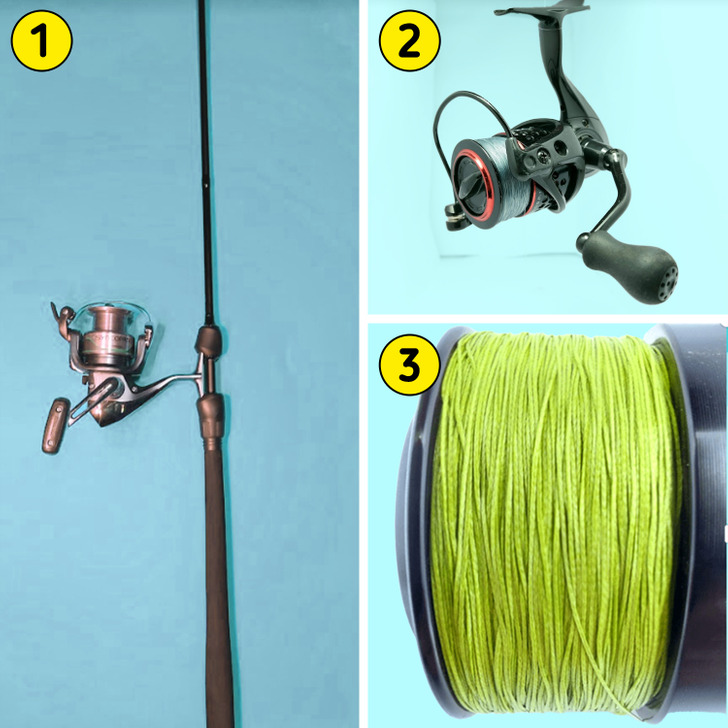
There is so much gear in shops to choose from. When picking out your fishing gear, it’s better to keep it simple so it won’t get too confusing for you. Here are some basic things that you will need to start:
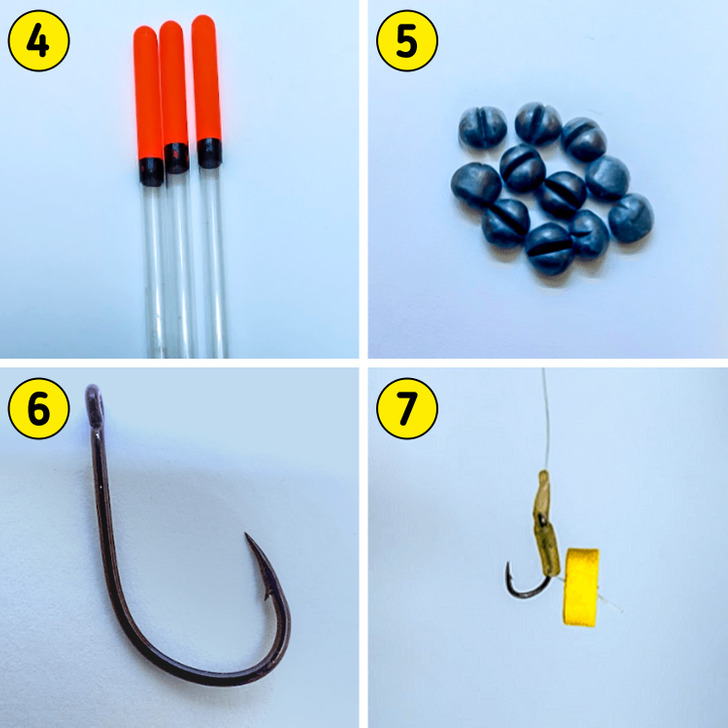
4. A float or a bobber is an item that is made from wood, cork, and plastic. It is used for bite indication.
5. A split shot is a round ball made from lead or tungsten. It is used to weigh down the bait when fishing.
6. A hook is a tool to put the bait on and catch the fish.
7. Bait is implemented on a hook and is used to attract and catch fish.
Note: Check this article to know more about how to gear up when you’re a beginner.
Step 2: Pick your bait.
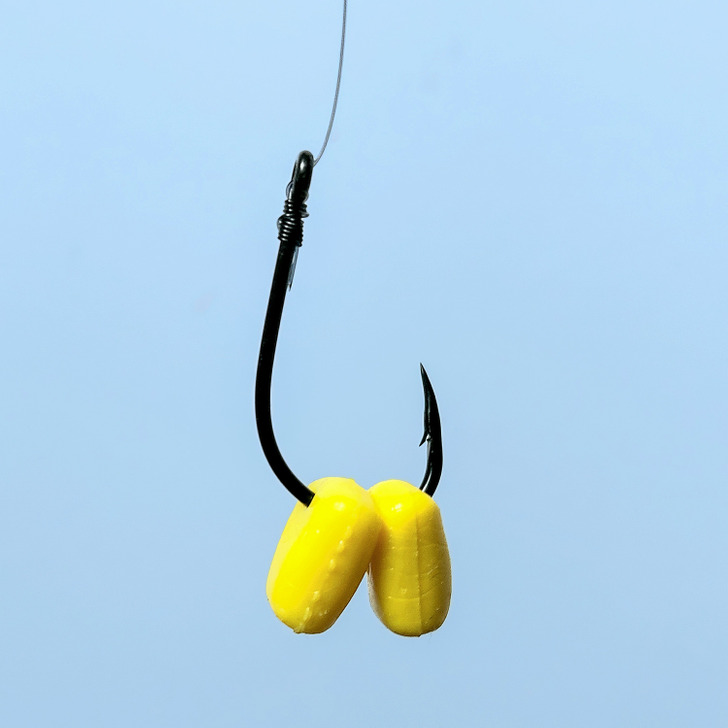
Getting proper bait really makes a difference in catching fish. You can buy some from your local tackle shop or find your own. The most common are:
- Red worms or earthworms can be found under logs, rocks, and leaf litter. They are good for catching any type of fish. The best time for using a worm is spring.
- Sweet corn is readily available, and it’s a good bait for carp, tench, bream, roach, and many other fish spices. And corn is good bait for winter.
- Maggots are the most popular fishing bait because all fish will eat them. They work especially well in winter.
Step 3: Set up your rod and reel.
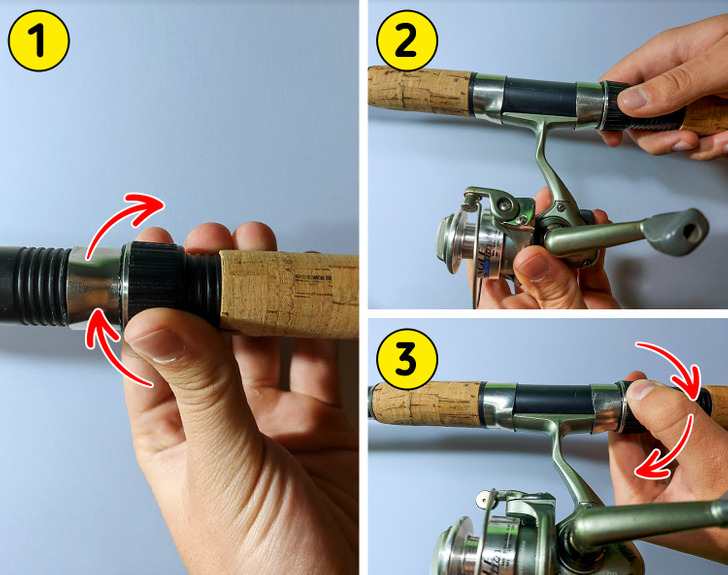
Setting up your fishing rod and reel is an important step because it can create line twisting and tangle your system. Here is how to do it:
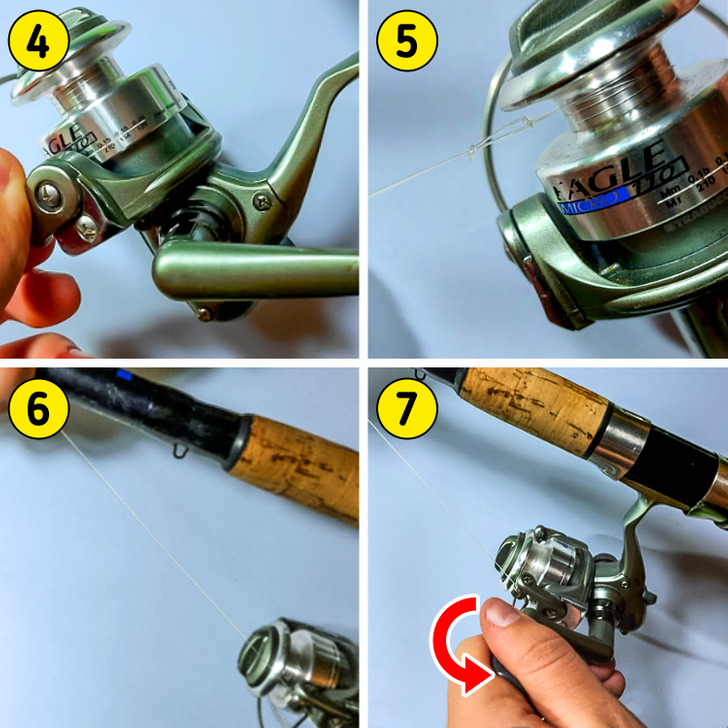
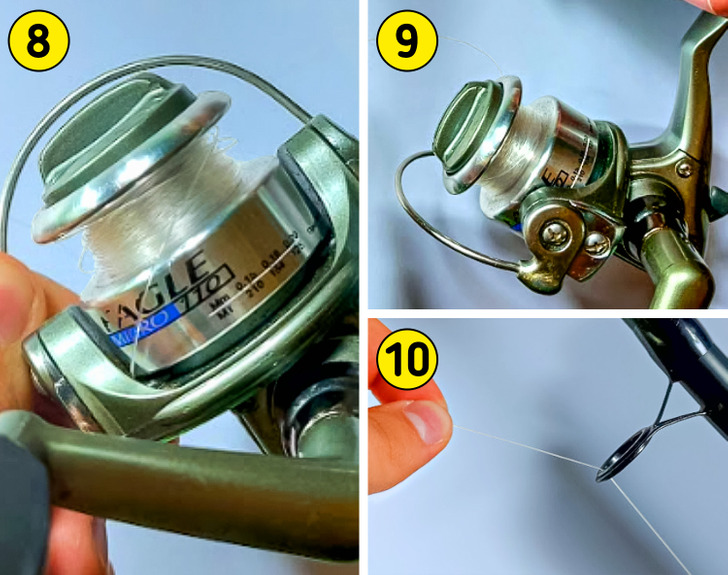
Step 4: Tie the hook.
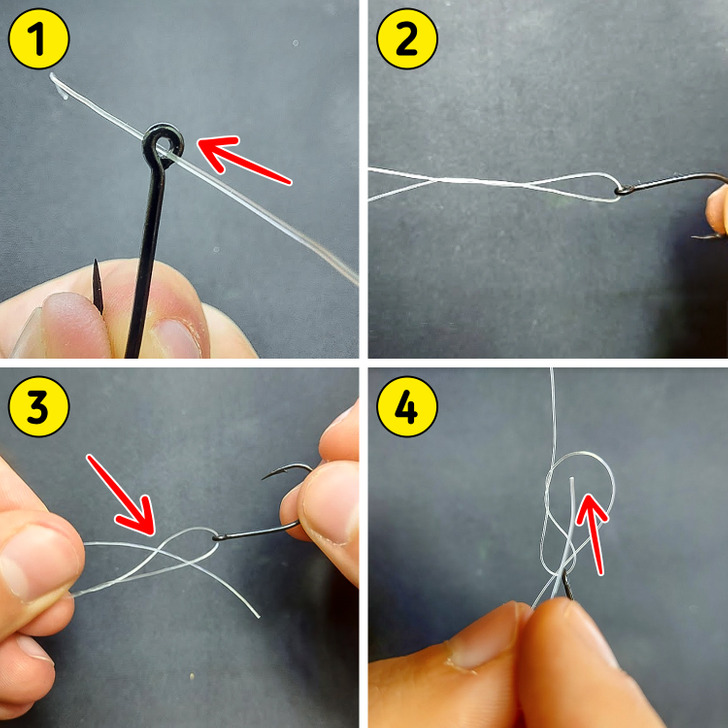
You should choose the hook size according to the bait that you are going to use. Common sizes are 2/0, 3/0, and 4/0. By using a smaller one, any fish can be caught, small or big. But it is important to tie it properly so that it doesn’t untie while having a fish on it. The fisherman or clinch knot is an easy-to-learn and tie. Here’s how to do it:
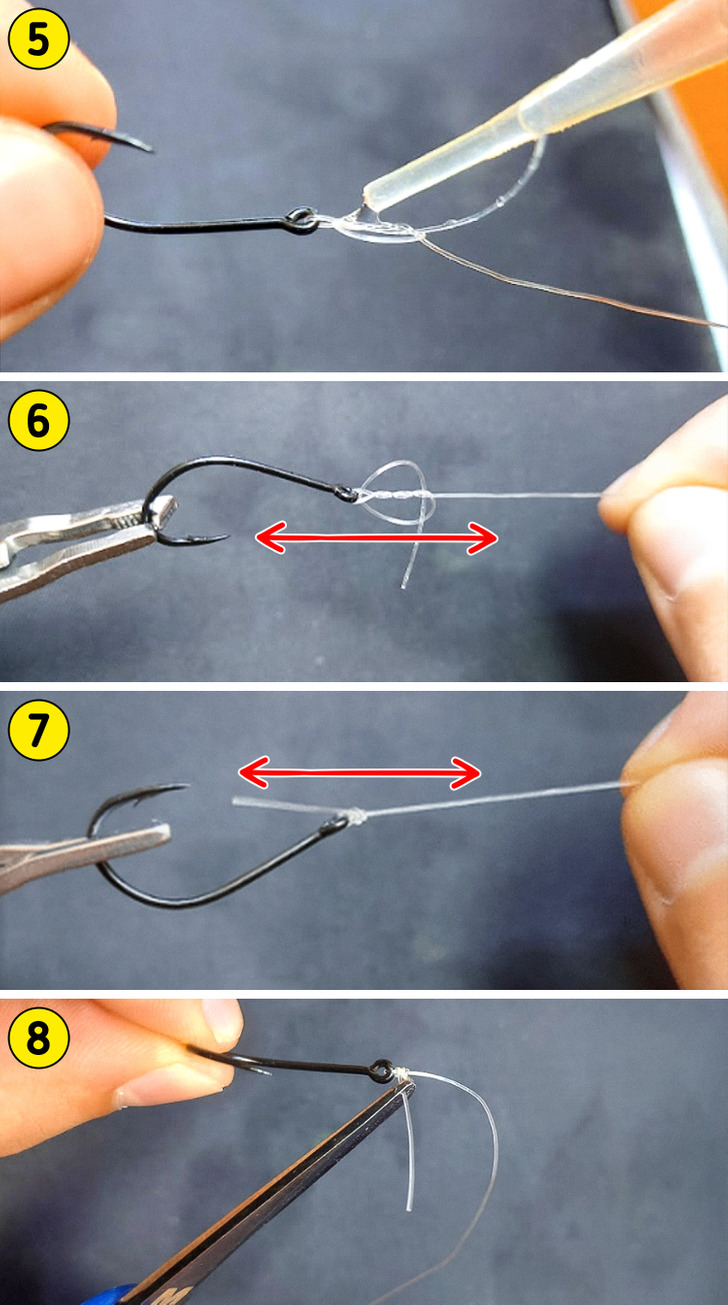
Step 5: Set up the rest of the gear.
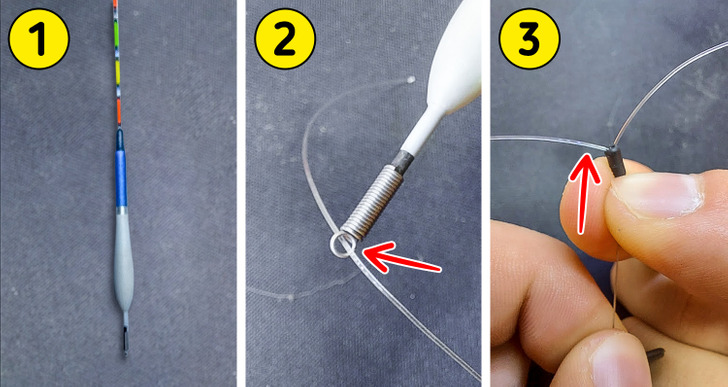
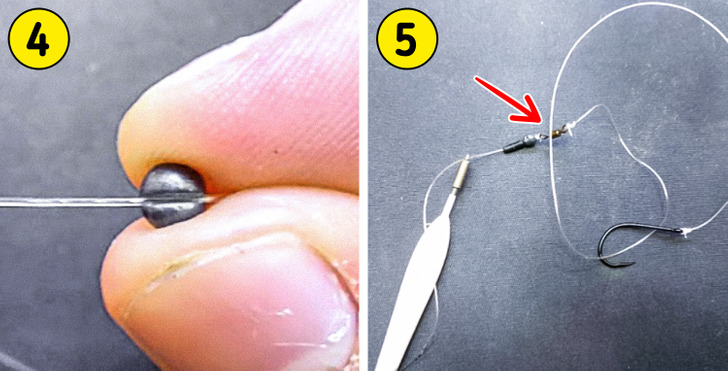
Step 6: Select a nice fishing spot.
If you live near a lake or pond, going there would be a good choice. Also, rivers and sea piers are great options. Most of them are stocked with fish, so it will be easy to catch one. Walk on the bank and look for bubbles or disturbances on the bottom. Those 2 signs are a good indication, so cast your bait there. You can also search for structures, fallen trees, or vegetation in the water.
Step 7: Wait and be patient.
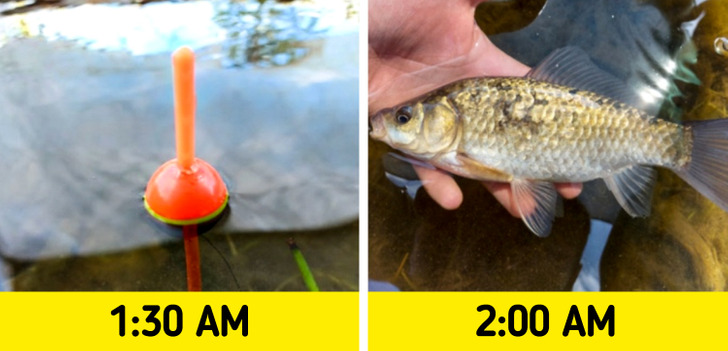
When fishing, patience is key. Fish might take the bait immediately, after a couple of minutes, or even after a couple of hours. Wait until the float gets under or slowly rises on the water’s surface. When that happens, you have to set the hook in order to fix the hook into the fish’s mouth so it doesn’t get away. That can be done by quickly raising the rod in the opposite direction of your float.
